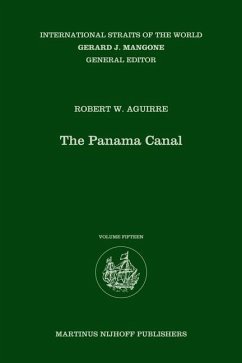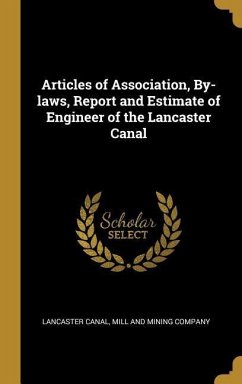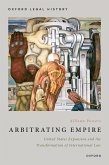The relationship between straits and interoceanic canals has always been ambiguous. Unlike straits, interoceanic canals are neither natural nor subject to a universal legal regime like the Law of the Sea. However, straits and interoceanic canals share comparable historical experiences due to their geographic similarities. Suspending interest in a purely legal analysis, this book will let logic yield to experience and consider the Panama Canal as an artificial strait. The book recasts the events that have changed the Panama Canal s environment in the context of three interactive elements (territoriality, transits, physiographic circumstances) and cleverly deciphers from history how changes in one element led to changes in another, suggesting a considerably new perspective for viewing the canal s past and future.
Hinweis: Dieser Artikel kann nur an eine deutsche Lieferadresse ausgeliefert werden.
Hinweis: Dieser Artikel kann nur an eine deutsche Lieferadresse ausgeliefert werden.








